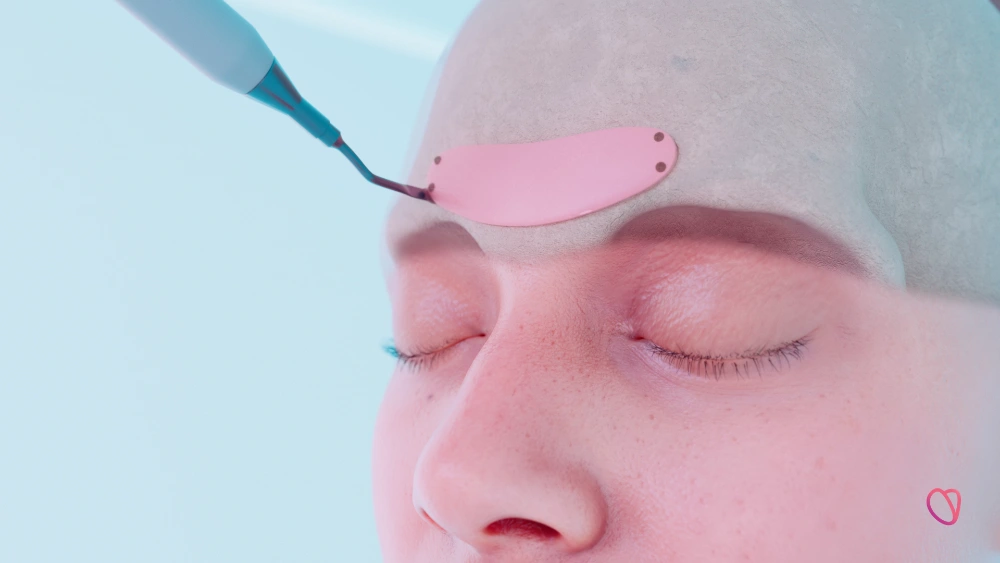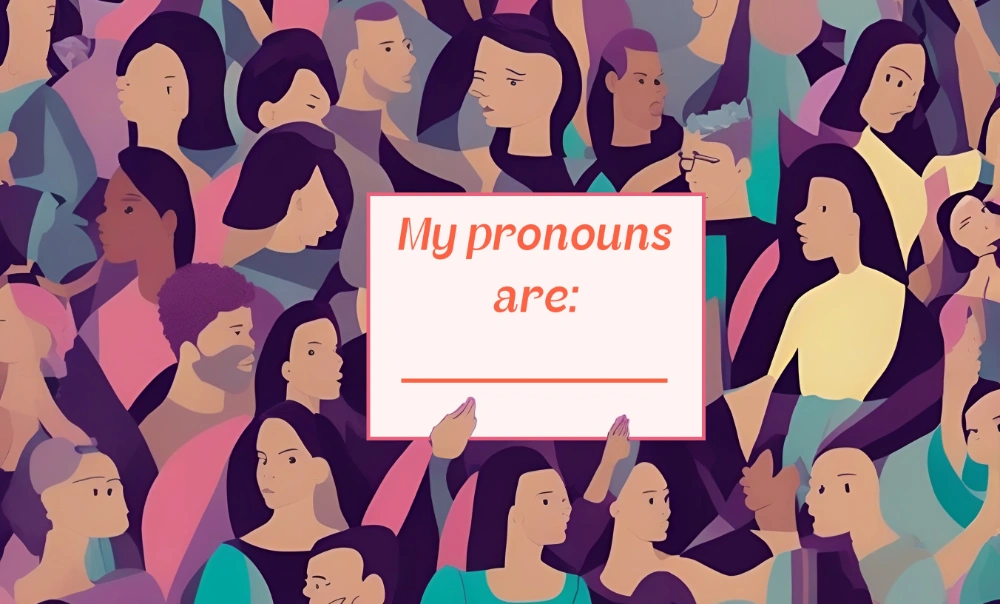Flawless Hair Removal Options for Trans Women

Hair removal is sometimes a MUST in many trans women’s transition, providing them comfort, confidence, and overall well-being. Finding the right hair removal method can be a deeply personal and sometimes challenging process, and you should have in consideration various factors such as pain tolerance, skin sensitivity, budget, and desired results.
This guide explores a range of hair removal options for the unique needs of trans women who want to get rid of facial or body hair, providing detailed insights to help navigate this important aspect of their transition.
Permanent Hair Removal Options for Trans Women
For many trans women, having smooth and hair-free skin is a big part of feeling comfortable and confident in their gender identity. Permanent Hair Removal can really make a difference in helping them feel more like themselves, so let’s explore the options available.
Laser Hair Removal for Trans Women
Laser Hair Removal might be the most common choice for many trans women, offering a long-term solution to unwanted hair by using concentrated light to target and eliminate hair follicles. This technique is most effective for people with light skin and dark hair, although advancements in technology have made it more effective for a larger range of skin tones and hair colors.
The benefits of Laser Hair Removal are long-lasting results and the precision to target dark hairs without damaging the surrounding skin. Each laser pulse treats multiple hairs simultaneously, making the process relatively quick. However, it’s important to consider the cost, as multiple sessions are often required, and the procedure might be expensive. Some people say the procedure is slightly painful and uncomfortable, sometimes described as a rubber band snapping against the skin. Additionally, it might be less effective on blonde, red, or grey hair.
It’s important to mention that, depending on the technique used, you may need to avoid removing your hair between sessions. This means that initially, you might need to let your hair grow. We understand that this can be challenging, but it’s a necessary step to ensure the best results.
Electrolysis for Trans Women
Electrolysis is also a reliable option, where a tiny needle is inserted into the hair follicle, and an electric current is used to destroy the hair root, preventing future growth. This method is the only one approved by the FDA for permanent hair removal and is effective on all skin types and hair colors. It’s particularly precise and ideal for smaller areas since it treats each hair follicle individually.
While Electrolysis is very effective, it’s a bit time-consuming since each hair is treated one by one. You might feel some discomfort during the process, but topical anesthetics can help ease this. Additionally, you might also need multiple sessions, which can make it a more costly option. However, many people find that the investment is worthwhile, as it leads to a lifelong reduction in hair growth.
Non-Permanent Hair Removal Options for Trans Women
While Permanent Hair Removal options are available, Non-Permanent solutions offer flexibility, affordability, and immediate results. These methods can be particularly helpful for those who are not ready for a permanent change, are exploring their options, or simply have sensitive skin that requires gentle care.
Shaving as a Trans Woman
Shaving is perhaps the most accessible and cost-effective method of hair removal, involving the use of a razor to cut hair at the skin’s surface. Its convenience allows for quick and easy grooming routines that can be done in the comfort of your own home.
One of the significant advantages of shaving is its painless nature when done correctly. Additionally, razors tend to be more affordable compared to other hair removal options. However, it’s important to note that shaving is a short-term solution, as hair tends to grow back relatively quickly, often within a few days.
Despite its convenience, shaving can come with its drawbacks, you might experience skin irritation, razor burns, nicks, beard shadows, and the potential for ingrown hairs. Also, the results achieved through shaving may not be as smooth or long-lasting as those obtained through other hair removal methods.
Depilatory Creams to Remove Hair as a Trans Woman
Just like Shaving, Depilatory Creams offer a straightforward solution for hair removal by using chemicals to break down hair, which can then be easily wiped away. This method is convenient for at-home use and typically provides painless hair removal, making it an attractive option for many.
However, it’s essential to use depilatory creams with caution. Leaving them on for too long can lead to allergic reactions or chemical burns, so it’s crucial to follow the instructions carefully. Additionally, some creams may have a strong or unpleasant smell, which can be off-putting for some users.
In addition, while depilatory creams offer immediate results, hair regrowth can occur within a week, making this method a temporary solution. For those seeking longer-lasting results, other hair removal options may be more suitable.
If you decide to use depilatory creams, it’s very important you do a patch test first to check for any adverse reactions. Additionally, be sure to follow proper application and removal techniques to minimize the risk of irritation, and make sure to use the right product as there are different products for different body areas.
Waxing as a Trans Women
Waxing consists of applying warm or cold wax to the skin and then quickly removing it, pulling the hair out from the root. This method provides immediate results and smoother skin, making it a good option for those seeking a quick and effective solution. Unlike shaving, waxing makes sure that hair takes longer to grow back, offering a longer time of smoothness.
One of the added benefits of waxing is that it also removes dead skin cells, leaving your skin feeling very smooth and rejuvenated. However, it’s important to note that waxing can be quite painful, especially in sensitive areas. Regular maintenance is required, with sessions needed every 2-6 weeks to maintain the smoothness.
This method might not be an option for people with dense facial hair because of its thick nature. Waxing is typically more suitable for finer or shorter hair types, as the process of waxing requires the hair to be a certain length for the wax to get fixed properly.
Some people may experience skin irritation or ingrown hairs after waxing. It’s crucial to follow proper preparations and aftercare to minimize these issues. Apart from the discomfort and need for regular sessions, many find that the long-lasting smoothness and exfoliating benefits make waxing a worthy choice.
Threading for Trans Women
Threading is a technique that uses a twisted thread to remove hair from the follicle level, commonly used for shaping eyebrows but also effective for other facial areas. Its precision makes it particularly suitable for eyebrow shaping and facial hair removal.
One of the highlights of threading is how gentle it’s on the skin compared to waxing. Since it doesn’t involve the use of chemicals, it’s a suitable option for people with sensitive skin. However, keep in mind that threading can be slightly painful, especially for those who are new to the technique. For the best results and minimal discomfort, I’d recommend to have threading performed by a professional.
While it offers precise hair removal, it’s not suitable for large areas of the body. Its ability to target individual hairs makes it an excellent choice for achieving well-defined eyebrows and maintaining facial hair.
With proper technique and care, threading can be an effective and gentle hair removal option for smaller areas.
What’s the best Hair Removal Option for a Trans Woman?
Having facial or body hair doesn’t make you any less of a woman. Gender identity is a complex and personal aspect of human experience, and it’s not defined by physical characteristics like hair growth. Some women have facial or body hair, while others don’t, and both are entirely normal and valid.
Your femininity isn’t determined by whether or not you have hair in certain places; it’s about how you identify and feel about yourself. Embrace what makes you comfortable and confident in your own skin, whether that involves removing, grooming, or leaving your facial or body hair.
Now, if you decide to get Hair Removal, there’s no better or worse method, this is a deeply personal journey with multiple factors to keep in mind like individual preferences, pain tolerance, budget constraints, and skin sensitivity.
By understanding the differences of each option, you can choose what will suit your unique needs.
Lots of Love, Vicky xx







